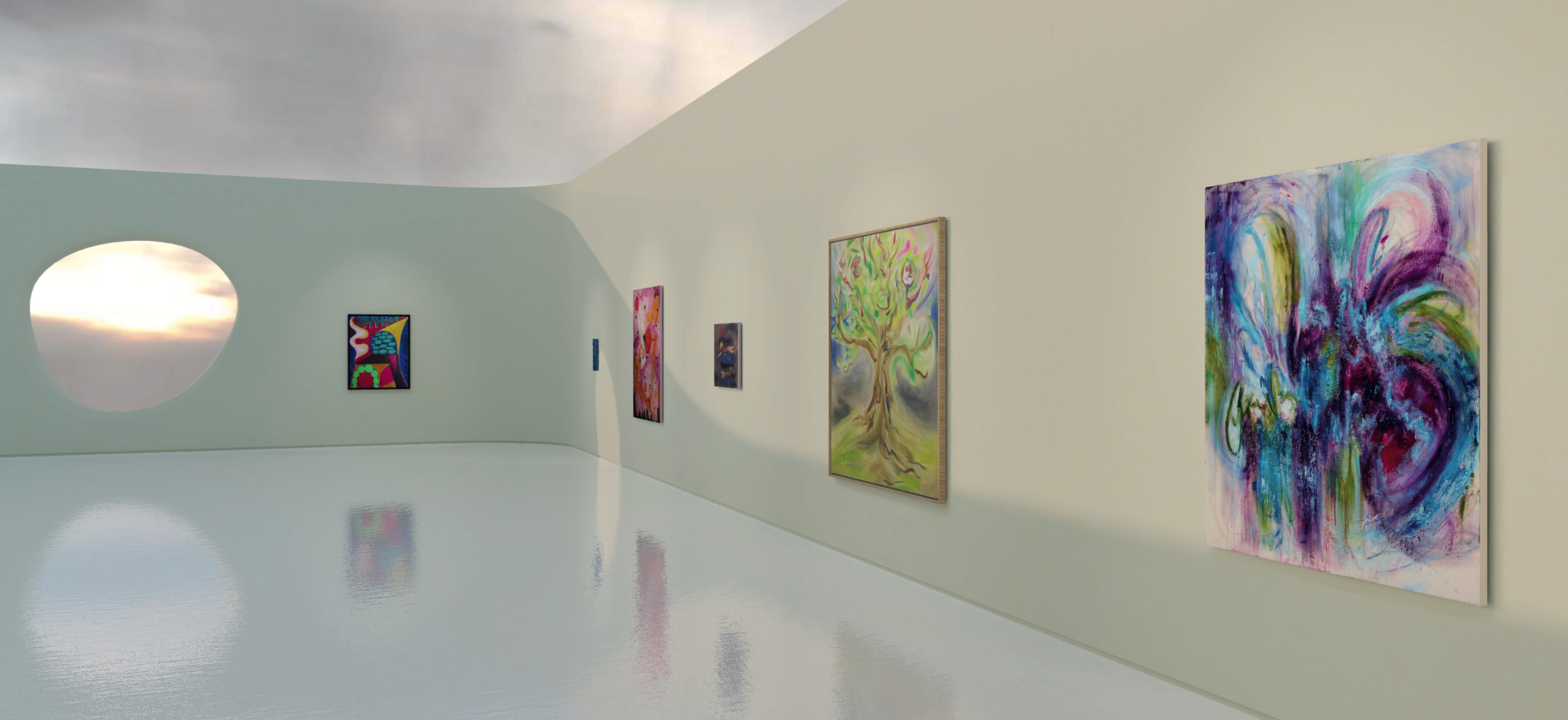‘So Much Freedom’: In Conversation with Maria Korolevskaya
Technology has dug its way into every aspect of our lives. Even in art’s notoriously traditional world, it’s now the norm for galleries to offer online viewings or play with virtual formats.
Consider the 2024 virtual exhibit The Dimension of Feeling, which explored female creativity and power across the 20th and 21st centuries. It was curated by Maria Korolevskaya of The Art Partners and presented by Vortic Curated in collaboration with Art KOKO. Vortic is a digital exhibition ecosystem, designed to facilitate projects in partnership with galleries, institutions, and collectors.
We sat down with Maria Korolevskaya to get a peek into the process of working with Vortic, and how to curate a virtual show…
Nina-Sophia Miralles: Let’s start with a bit of background. How did this exhibition come about and what was your first response to the virtual aspect?
Maria Korolevskaya: As a curator you are always working with the 'given' space of a gallery. You can design the exhibition, but can't develop the architecture itself from scratch. With Vortic, the ability to create entire virtual worlds opens up limitless possibilities for how we engage with art. There is so much freedom. I had the exhibition’s concept in mind already, but the Vortic team helped me deliver it.
‘The ability to create entire virtual worlds opens up limitless possibilities for how we engage with art.’
NSM: You’re a curator and art advisor with a formal arts education. What was it like to rethink curation in such an infinite, digital environment?
MK: It feels like digital curation as a movement is going to fully bloom in the next decades.
I believe it’s crucial not to categorise these mediums as 'digital' or 'physical,' but rather to see them as complementary. When they enhance each other, they lead to innovations that challenge conventions and foster new forms of artistic expression. It allows for more dynamic, inclusive, and experiential curation, pushing the boundaries of art.
‘Digital curation as a movement is going to fully bloom in the next decades.’
NSM: What were the challenges and the opportunities of curating in the digital realm?
MK: Challenge and opportunity are interconnected; they blend into each other. The more you know precisely what you want to achieve, the better. Otherwise it's easy to get overwhelmed when the digital team shows you options.
For example, with The Dimension of Feeling, we had to decide where to place a source of natural light, what time of the day it would be, what type of clouds I wanted and so on, because the patterns of shadows produced would affect the artworks—whereas in reality, we don't get to choose where sunlight comes from.
NSM: What was the artists’ response to the project, and did they have any reservations?
MK: Luckily, it was a very positive response. The project had great visibility online and on view in a physical space at House of Koko. The participating artists’ ages ranged from early 20s to early 80s: it was tricky at the beginning to explain the concept and what it would look like to artists like Maro Gorky, who is in her eighties, but she loved it in the end.
‘Challenge and opportunity are interconnected’
NSM: How do you think the experience of looking at art differs between IRL and VR for the audience?
MK: Nothing beats seeing art in real life. The real life experience is always more sensual, you can really connect with the work.
Meanwhile, the VR experience is playful. For me it's about discovery and curiosity. VR is extremely educational as well. There are so many great exhibitions happening around the world and I would be very excited to catch them online, if I can’t be there in person. If the choice is between not seeing it at all, and seeing it online, why not pick the latter?
‘Don't play it too safe! Experiment, that’s what we have the technology for.’
NSM: The options for viewing art online have expanded and there’s a lot available now, from screen installations to virtual tours. What do you think is the most impactful format?
MK: The right format is the one that serves your purpose, whether it's learning about new artists, art fairs abroad or diving into a particular show. As you say, there are tools for everything.
NSM: Finally, what’s your advice to anyone looking to curate a digital exhibition?
MK: Clear vision before the tech development, moodboard creation… and don't play it too safe! Experiment, that’s what we have the technology for.
Image credits: Installation view of The Dimension of Feeling, curated by Maria Korolevskaya, presented by Vortic Curated.



